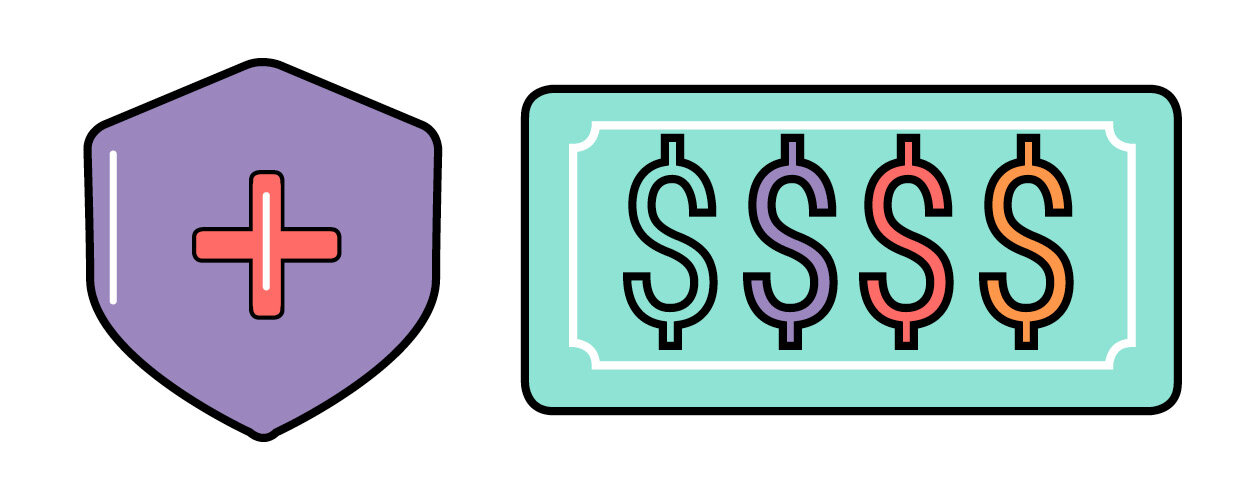What is Coinsurance
Coinsurance is the percentage that you pay for services after you have met your deductible.
For example, if a service costs $750 and you have a $300 deductible and 20% coinsurance:
Your deductible responsibility: $300
Your coinsurance responsibility: $90 ($750 - 300 = $450. $450 x 20% = $90)
Your total responsibility on this service: $390
Understanding Coinsurance
Coinsurance is designed to ensure that healthcare consumers (patients) have a continued financial interest in maintaining a low cost of their care even when their deductible is met. By ensuring that a patient will continue to have to pay a percentage of the total cost, insurers hope that patients will seek out healthcare services with discernment.
Common Coinsurance Amounts
Coinsurance varies by plan, but is usually 10%, 15%, 20%, or 30%.
What Kinds of Plans Have Coinsurance?
Coinsurance is common on PPO, HMO, and HDHD plans once the deductible is met.
When Will I Stop Paying Coinsurance?
Your coinsurance responsibility will usually end when you reach our out-of-pocket maximum. Once the out-of-pocket maximum is reached, all medically necessary, in-network care is covered by your health insurance provider.
How Do I Know My Coinsurance Percentage?
Most insurance cards list the coinsurance on the front of the card to make it easy for the patient and the provider. If your card does not have the coinsurance listed, you can look at your plan benefit documents or call the phone number on the back of your insurance card.
Related Terms
PPO Plan
In-Network
Out-of-Network
